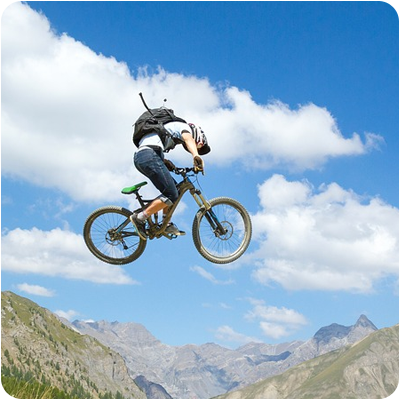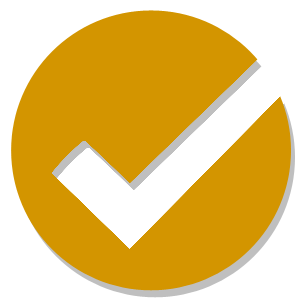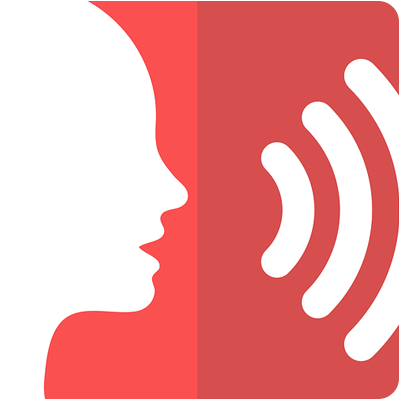Het arrangement 10.2 Into the air - kgt34 is gemaakt met Wikiwijs van Kennisnet. Wikiwijs is hét onderwijsplatform waar je leermiddelen zoekt, maakt en deelt.
- Auteur
- Laatst gewijzigd
- 11-05-2025 10:44:26
- Licentie
-
Dit lesmateriaal is gepubliceerd onder de Creative Commons Naamsvermelding-GelijkDelen 4.0 Internationale licentie. Dit houdt in dat je onder de voorwaarde van naamsvermelding en publicatie onder dezelfde licentie vrij bent om:
- het werk te delen - te kopiëren, te verspreiden en door te geven via elk medium of bestandsformaat
- het werk te bewerken - te remixen, te veranderen en afgeleide werken te maken
- voor alle doeleinden, inclusief commerciële doeleinden.
Meer informatie over de CC Naamsvermelding-GelijkDelen 4.0 Internationale licentie.
Aanvullende informatie over dit lesmateriaal
Van dit lesmateriaal is de volgende aanvullende informatie beschikbaar:
- Toelichting
- Deze les valt onder de arrangeerbare leerlijn van de Stercollecties voor Engels voor vmbo kgt, leerjaar 3 en 4. Dit is thema 10 'Science and technology'. Het onderwerp van deze les is: Into the air. Deze les gaat over vliegen, waarbij de uitvinding van het vliegtuig wordt besproken en de personen die voor het eerst vlogen. Daarbij ook de 'flying bicycle' besproken. De spreekopdracht gaat over wetenschap en technologie. De onregelmatige werkwoorden van deze les zijn: to drive, to eat en to fall. In de grammaticaopdracht worden de perfect tenses (present perfect en past perfect )behandeld.
- Leerniveau
- VMBO gemengde leerweg, 3; VMBO theoretische leerweg, 4; VMBO theoretische leerweg, 3; VMBO kaderberoepsgerichte leerweg, 4; VMBO gemengde leerweg, 4; VMBO kaderberoepsgerichte leerweg, 3;
- Leerinhoud en doelen
- Engels;
- Eindgebruiker
- leerling/student
- Moeilijkheidsgraad
- gemiddeld
- Studiebelasting
- 1 uur 40 minuten
- Trefwoorden
- arrangeerbaar, engels, flying bicycle, into the air, kgt34, perfect tenses, stercollectie, vliegen, vliegtuig, wetenschap en technologie
Gebruikte Wikiwijs Arrangementen
VO-content Engels. (2020).
10.1 Gadget-obsessed - kgt34
https://maken.wikiwijs.nl/157660/10_1_Gadget_obsessed___kgt34












